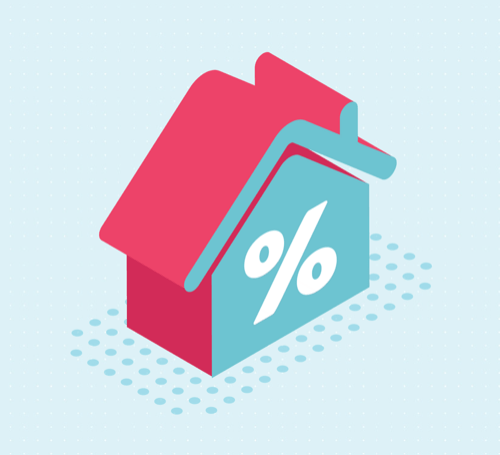Clever Ways To Minimize Damage If Your Home Floods
None of us like to think about the possibility that our homes could flood, but the truth of the matter is that many families end up dealing with this issue every year. Indeed, whether it’s extreme weather that causes flooding or an unattended leak it can be very valuable to know just how to minimize any damage to your home. The good news is you can gain some invaluable tips on how to deal with the aftermath of flooding in our post below.
Remove wet items as soon as possible
First of all, you must remove items that have soaked up water, especially carpeting, curtains, bedding, and insulation. This is because they will make it much harder to dry out your home after a flood while they are still present.
However, it is important to note that you should not remove these items before your insurer has come around to assess your claim. This is because they will need to see them check on the severity of the damage and a photograph will not be enough for them to do this.
With that in mind, getting your insurance adjuster around asap, and then removing anything that is holding a large volume of flood water is the best approach.
Use a professional water extraction service
Another way you can minimize the damage that flooding does to your home is by working with a professional water extraction service. Indeed, because water extraction experts have both the experience and the heavy-duty equipment needed to rid your home of excess water, you can be sure that they will help you get things dry ASAP.
Of course, by speeding up this drying process, you will be able to reduce the damage done to your home and property because there will be less time for problems like rot and mold to develop.
Watch out for mold growth
Indeed, while we are on the subject of mold, it is vital to highlight that this is something you should be on the lookout for after a flood. Unfortunately, mold, and in particular black mold, can be very toxic to anyone living in your home, and it’s best to dispose of any infected item rather than save it.
<iframe width=”560″ height=”315″ src=”https://www.youtube.com/embed/6qFTJq4sNM8″ title=”YouTube video player” frameborder=”0″ allow=”accelerometer; autoplay; clipboard-write; encrypted-media; gyroscope; picture-in-picture” allowfullscreen></iframe>
Of course, by drying out your possessions as quickly as possible after the flooding, you will be able to limit the possibility of mold growth.
Check the safety of your floors
When a home floods, it can put a great deal of strain on the flooring, and in many cases make it unsafe for use. To that end, it is well worth having the integrity of your flooring tested, and replacing any that does not come up to scratch.
Also, if you are faced with replacing flooring in an area of the home that has a particularly high probability of being flooded again you may wish to choose something water-resistant like concrete, or at least cheaper to replace like vinyl.
Air out your home
Finally, you can reduce a great deal of damage to your home, by taking action to get as much air circulating within it as possible. This means opening all the windows, and where possible investing in dehumidifiers that will further aid in the drying-out process.
I hope you enjoyed reading Clever Ways To Minimize Damage If Your Home Floods.
This post is in collaboration, however all opinions are my own.




Leave a Reply
You must be logged in to post a comment.